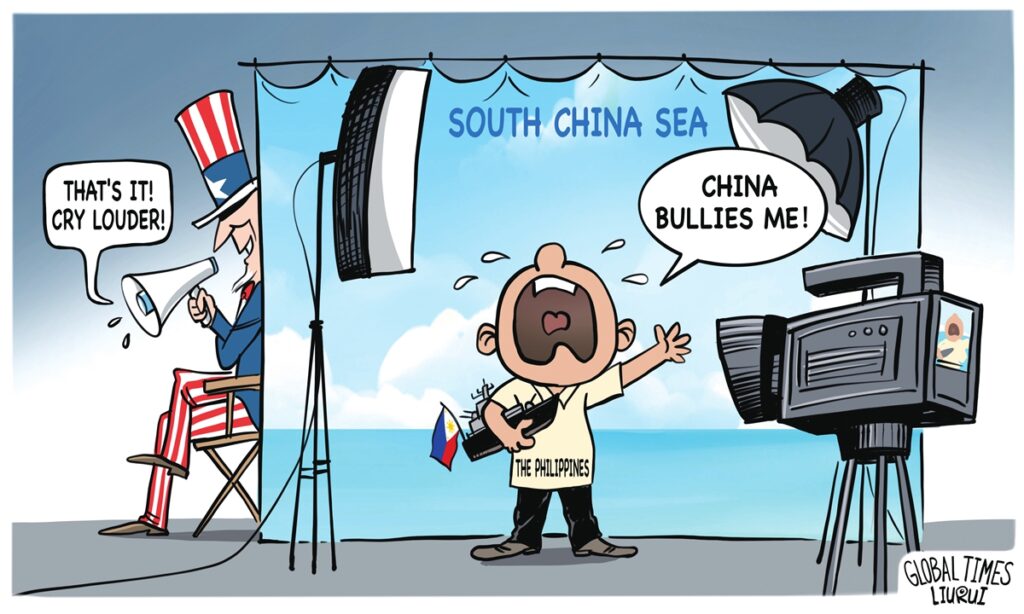“We” Watched Them Murder Many Thousands of Captive Children in Their Concentration Camp! Woe Unto Us
It’s now June of 2024. Nearly 40,000 human beings, mostly women and children are dead, maybe 90,000 injured, many with limbs amputated, and another 10,000 lie buried beneath the ruble of the approximately 80% of the destroyed homes and other buildings of what were the cities of Gaza,
Let’s go back eight months to the beginning of this extraordinary and heartless slaughter happening openly for all the world to see via videos and photographs.
On Oct. 7, 2023 Palestinian Freedom Fighters Broke Out of Israel’s Murderous Illegal Concentration Camp
The fifteen hundred young men who bursted the gates of Gaza on October 7, 2023 were born into an Israeli concentration camp. They lived for two decades or more in a concentration camp. They had no past. They had no present. They had no future. 70% had no jobs. Half of them according to humanitarian organisations suffered from what is called severe food insecurity. My Holocaust surviving parents would have cheered their break out.
— Quoted from Norman Finkelstein, Ph.D. in political science from Princeton University, a well-known political scientist and author who specialises in the Israeli-Palestinian conflict and Holocaust studies, whose father and mother were survivors of the concentration camps at Auschwitz and Majdanek. The rest of Finkelstein’s entire family on both sides was murdered during the Holocaust.
On October 7, the militant Palestinian organisation Hamas based in Gaza led a brutal invasion of Israel. Israel accuses Hamas of killing 1,200 people, mainly civilians; however, the major Hebrew newspapers have carried Israeli military admissions that firing from Israeli Apache Helicopters and tanks accounted for some of the Israeli civilian deaths.
By October 17, ten days later, the Israeli armed forces had bombed to death more than 5,000 Palestinians in Gaza, mostly women and children, at times dropping 2,000 pound bombs on apartment buildings, and had cut off all water, food and fuel to Gaza.
On 17 October 2023, Dr. Norman Finkelstein gave a talk at the University of Massachusetts labeled, “The Struggle for Justice in Palestine: Past, Present, and Future.”
When asked if he condones or condemns the October 7 Hamas attack, Finkelstein invoked the memory of the Nat Turner slave rebellion, the deadliest slave revolt in American history, where 55 white men, women and children were killed. Finkelstein prefaced this by expressing that the people of Gaza,
“have been trapped in a concentration camp for twenty years” as “the international community had abandoned them, and whatever tactic they attempted, including nonviolent resistance, had no impact on freeing them from that concentration camp.”
With these conditions in mind, he went on to reference William Lloyd Garrison, editor of the abolitionist newspaper The Liberator. Following Nat Turner’s 1831 revolt, Garrison wrote a column in The Liberator about the uprising. Finkelstein said that while Garrison admitted that the rebellion was shocking and could not be justified, “never once, never once… did [Garrison] condemn the slave rebellion.”
Talking about the Hamas attack Finkelstein said,
“It was shocking, ‘yes.’ Can it be justified? ‘No.’ Should it be condemned? William Lloyd Garrison clearly said, ‘No.’ “Neither condemn nor condone it.” Then Finkelstein added,
“I once asked Mom if she was sorry for the Germans in the cities being terror bombed by the U.S. Airforce and the R.A.F..
I wish it were otherwise, but to the last day of my parents life it was unthinkable that they would of had a kind word to say about Germans.”
A Plea for Compassion: Those Murdered Thousands of Precious Children Are Free from Suffering! — Think of Them As Angels! Pity the Insanity of Their Executioners.
The Israel Police recently recommended shelving the case against Rabbi Eliyahu Mali of the Shirat Moshe Yeshiva in Jaffa for remarks made in March in which he said Jewish law requires killing Gaza’s entire population, including babies and the elderly.
A rabbi whose yeshivah is being funded by the government shamelessly calling for the murder of an entire population. Wiping them all out. This happened. And nothing is being done to stop him or silence him or even defund this guy yet to this historian’s knowledge.
News Articles and Reports:
- Haaretz: “Controversy Over Sephardi Chief Rabbi’s Comments on Gaza” (March 15, 2024). This article provides details on Rabbi Yosef’s remarks and the initial reactions.
- Times of Israel: “Police Recommend Closing Case Against Chief Rabbi Over Controversial Gaza Remarks” (April 2024). This article discusses the police recommendation to close the case and the ensuing criticism.
- Al Jazeera: “Israeli Chief Rabbi Under Fire for Calling for Gaza Genocide” (March 19, 2024). This report covers the international backlash and responses from human rights organizations.
On the other hand, there are hundreds, if not thousands, of rabbis all around the world that accuse Israelis of blasphemy and apostasy in their attempt to co opt the Jewish religion into an Israeli state religion. Click on the eloquent and kindly examples below:
- Important rabbi says Jews cannot accept Zionism.
- Orthodox Neturei Karta anti-Zionist Crusading World-wide sect.
- New York Times article re rabbis arrested by Israeli police.
- Rabbi Weiss denounces Zionist atrocities in Gaza cites history of Jews and Arabs living together for thousands of years.
Woe Be Unto Us!: We Continue to Watch The Murder of Ever More Captive Children in Their Israeli Concentration Camp, and Currently, We Idly Witness the Israeli Government’s Intended Starving to Death of Tens of Thousands of the Murdered Children’s Brothers and Sisters!
Israeli Defense Minister seemed to play God already on October 10, 2023: “There will be no electricity, no food, no water, no fuel, everything is closed. We are fighting human animals,” said Israeli Defence Minister Yoav Gallant.
Seemingly to justify the indiscriminate bombing of Gazan cities, the compliant Western media was fed stories of beheaded babies and other unbelievable statements were made by U.S. President Biden and Secretary of State Blinken but carried on the front pages of European media.
“I never really thought that I would see and have confirmed pictures of terrorists beheading children,” Biden said in broader remarks, NBC News, 9/11/2023
A Broad General Advisory: Recognize the deadly deception endangering many aspects of life on Earth emanating from Western corporate entertainment/news conglomerates overseen by the CIA for the powerful war investors controlling the American government and the governments of U.S. satellites.
Jay Janson, spent eight years as Assistant Conductor of the Vietnam Symphony Orchestra in Hanoi and also toured, including with Dan Tai-son, who practiced in a Hanoi bomb shelter. The orchestra was founded by Ho Chi Minh,and it plays most of its concerts in the Opera House, a diminutive copy of the Paris Opera. In 1945, our ally Ho, from a balcony overlooking the large square and flanked by an American Major and a British Colonel, declared Vietnam independent. Everyone in the orchestra lost family, "killed by the Americans" they would mention simply, with Buddhist un-accusing acceptance. Jay can be reached at: tdmedia2000@yahoo.com. Read other articles by Jay.





